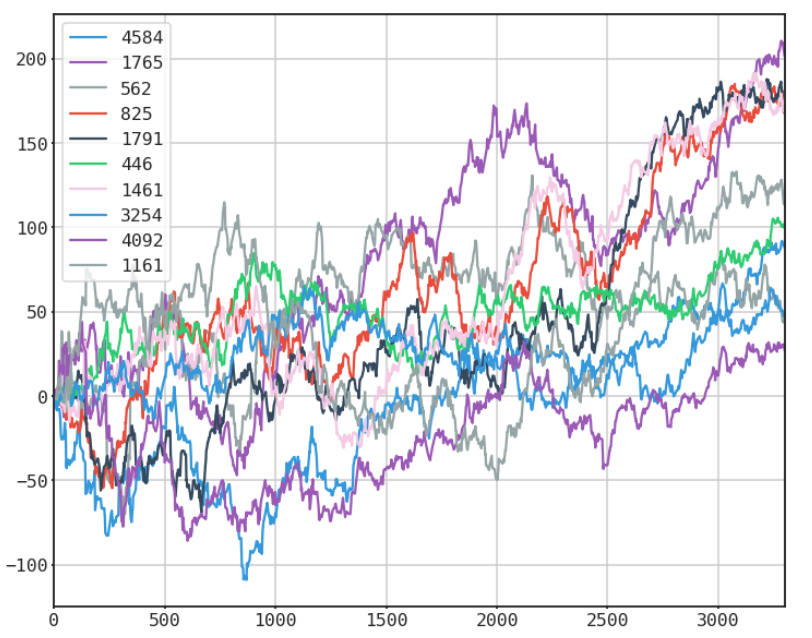Is it Possible to Know the Daily High or Low Intraday with 80% Accuracy?
/This is an old concept concerning the opening range. The idea is that the opening range often sets the day’s high or low within the first hour of cash equities trading (9:30 am - 10:30 am EST). Recently a trader on [Youtube] made the claim that you can know with 88% probability the high or low of the day after the first hour of trading. He managed to successfully re-popularize the idea of using the opening range in a a more specific way than other methods.
In this article I set out trying to validate or reject this claim with the available intraday data I have. Ideally, if this claim is true, there should be a methodology or mechanical trading approach to exploit this phenomenon.
Read More






